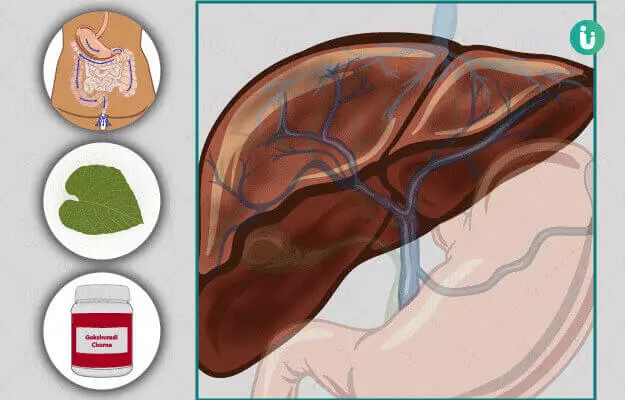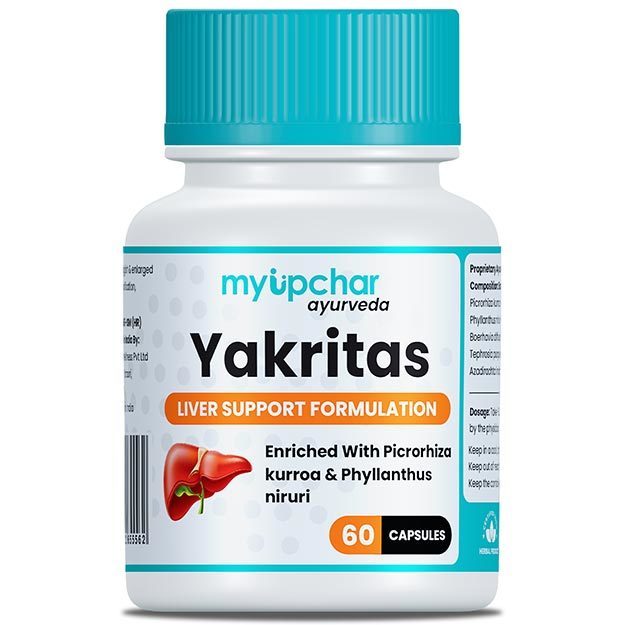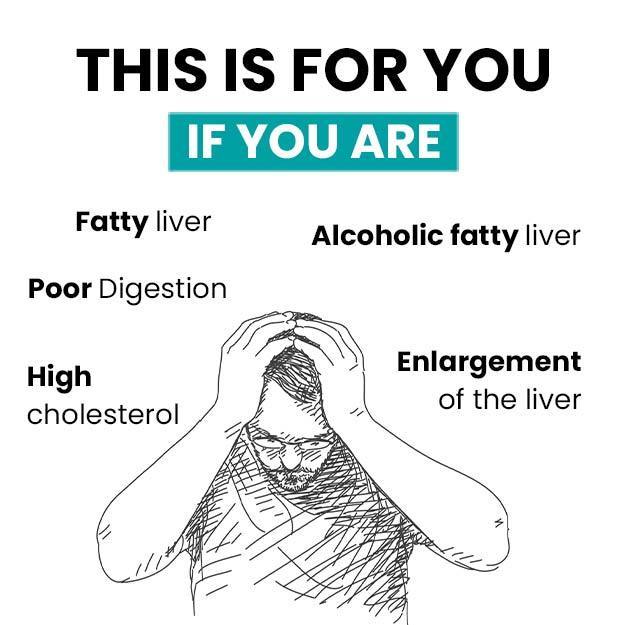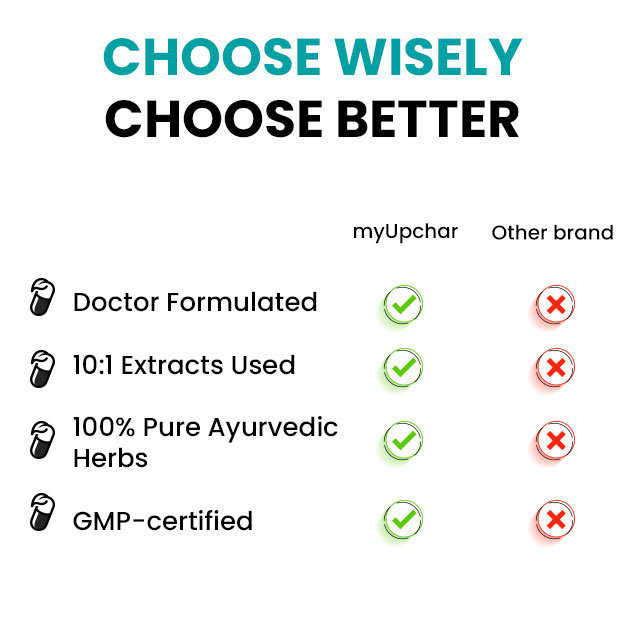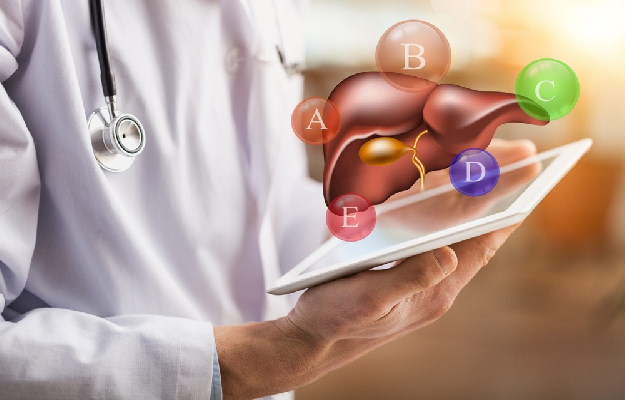Liver diseases, also referred to as yakrit vikara in Ayurveda, include numerous conditions of the liver such as those occurring due to drugs, medicines and alcoholism. The primary clinical manifestation of a majority of liver diseases is jaundice.
Ayurvedic doctors prescribe virechana karma (purgation therapy) for the management of various liver diseases. Herbs and medicines that are used for the treatment of liver diseases include kalamegha (king of bitters, green chirayta), katuki (kutki), bhringaraj (bhangra), daruharidra (Indian beriberi), kakamachi (black nightshade), pippali (long pepper), bhumiamalaki (stonebreaker), guduchi (heart-leaved moonseed), kumariasava, bhringarajasava, punarnavasava, gokshuradi churna, guda pippali and vasakantakari leha.

